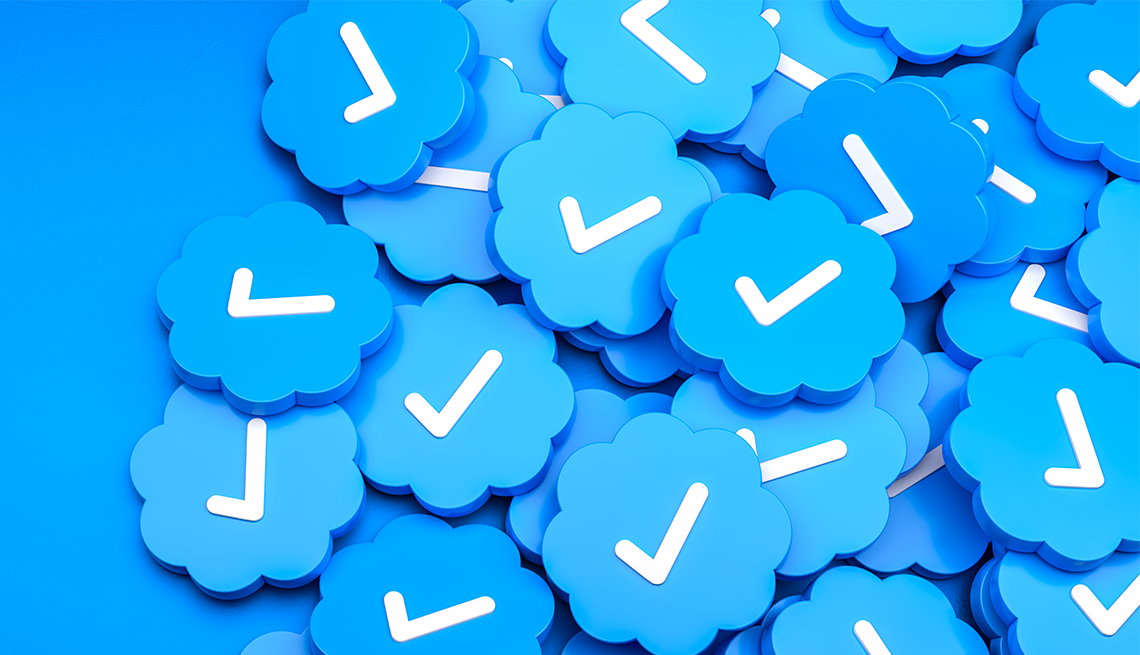Play all audios:
Losing a blue check mark isn’t merely a matter of vanity for account holders. It compounds a growing cancer on social media and the internet where detecting fake accounts from real ones is
getting more difficult. By subscribing to Twitter Blue, and with it getting the blue check mark, an impostor can more easily pretend to be someone else. Twitter does say that Blue
subscribers need to meet eligibility requirements for a check mark, but the criteria appear to be vague. “Twitter’s ‘blue check’ used to signal author authenticity,” NewsGuard, a service
that reports on online misinformation, noted in a recent report. “Now, it’s a way for peddlers of misinformation to appear trustworthy.” SPREAD OF MISINFORMATION ALREADY OCCURRING In
November, a viral tweet in the name of pharmaceutical giant Eli Lilly announced that insulin would be free. The tweet and the account behind it were bogus despite the presence of a blue
badge. The real Eli Lilly subsequently pulled its Twitter advertising. During a week in early March, NewsGuard analyzed what it identified as 25 “misinformation superspreader accounts”
verified through Twitter Blue, each with at least 50,000 followers. The accounts cumulatively posted 141 tweets with “false, misleading and unsubstantiated” claims that were viewed more than
27 million times and received more than 760,000 likes and retweets. In the first 24 hours since Twitter purged blue check marks from previously verified users, Alex Mahadevan, director of
the Poynter Institute for Media Studies’ MediaWise media literacy initiative, says he saw misinformation coming from fake accounts for the mayor of Chicago and the Chicago Department of
Transportation. He also watched as sheriff's offices from around the country — from Ventura County in California to Polk County in Florida — lost their verification. “This is incredibly
dangerous as folks look to government and emergency-management sources on Twitter to follow disaster news,” Mahadevan says. “Where I am in Florida, I can't imagine the chaos that will
ensue once hurricane season starts and imposters look to sow chaos by impersonating the National Hurricane Center or The Federal Emergency Management Agency (FEMA).” Of course, the spread of
misinformation, fake posts and hoax accounts on social media and the rest of the internet is nothing new. But leaps in artificial intelligence make it harder in some cases for consumers to
get at the truth. Twitter’s blue check mark shift requires folks to be even more vigilant. AARP tech writer Ed Baig lost his blue check mark, above left, when Twitter went to a paid plan.
But he’s been on the social media site since May 2007 and has more than 14,200 followers, an indication he’s not an impostor. AARP ILLUSTRATION Check this list to help you verify a Twitter
account: 1. GO TO THE ORIGINAL SOURCE “Always double-check what you see on social media,” Mahadevan says. “Did an account that looks like your police department say a major road is closed?
Open a search engine and check out what news outlets are saying.” Read the bios of the people or organizations that are tweeting, and if the group has a website, make sure it links back to a
credible source, Evon says.

